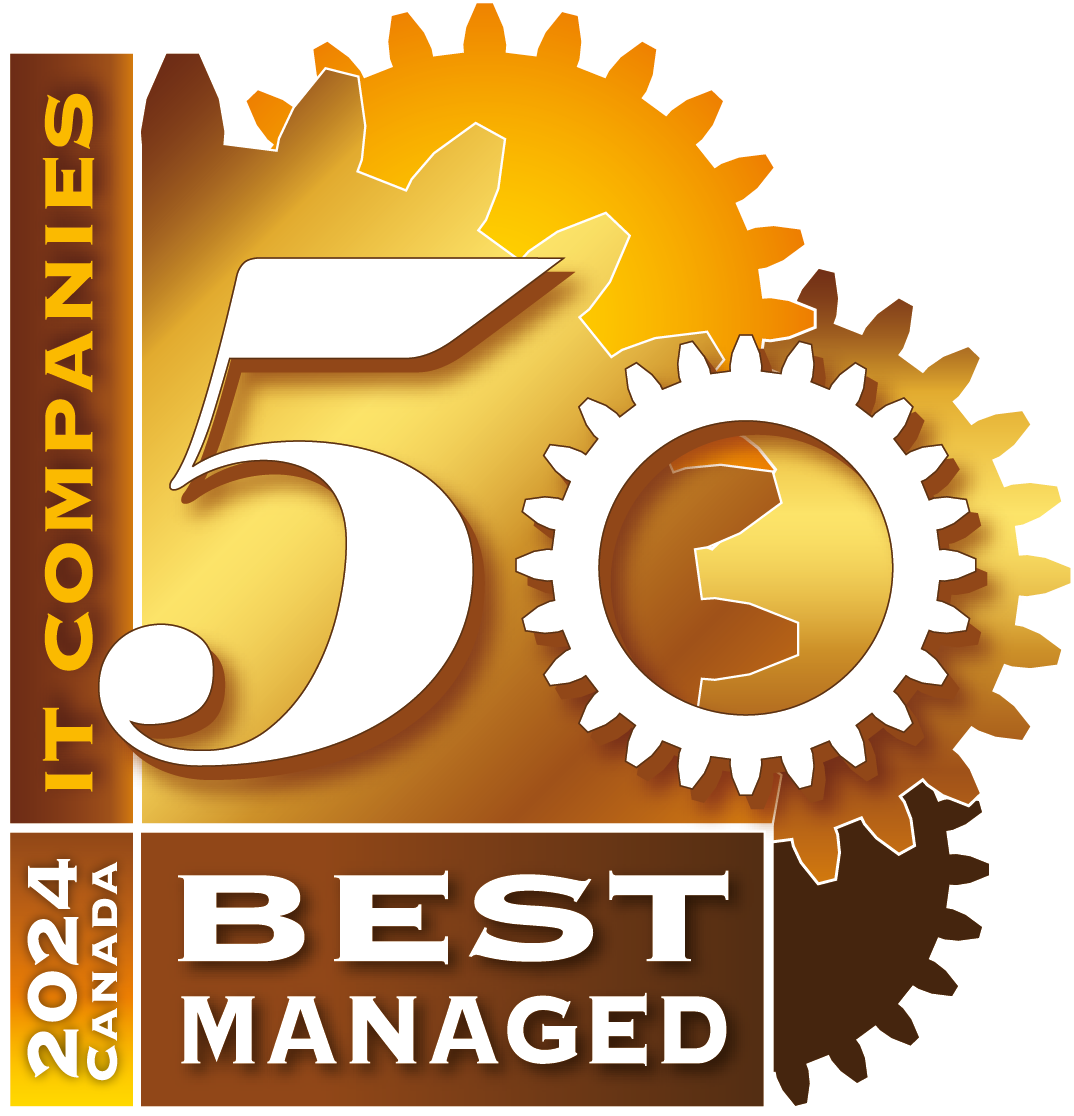In today’s digital world companies often live and die by the quality of their operational IT plans. IT executives are typically tasked with developing the strategic IT plan, however it is easier said than done. Information technology service management can become almost overwhelmingly complex depending on the size and requirements of the business.
What Happens When You Don’t Have a Clear IT Operations Definition
We’ve seen many instances where IT infrastructure and operations have come up short and it has cost the business dearly. Inadequate or sloppy IT plans cause businesses to lose out on growth opportunities, fall behind their competitors in the market, and suffer technical issues that frustrate customers and cause lost business. Bad plans can also lead to security vulnerabilities, data loss, messy infrastructure, and spiralling IT costs.
|
Unsure About Where You Should Start? We help businesses like yours streamline IT operations, reduce costs, and enable scalability. |
Common Mistakes in Operational IT Plans
Some of the most common mistakes companies make when putting together their IT plan include:
- Failing to put in place a reliable backup and disaster recovery process to protect data in the event of breaches or damage to your network infrastructure, file servers or data center.
- Purchasing inferior or unsuitable equipment, software or services that do not meet the needs of the business.
- Leaving cybersecurity gaps that make the business vulnerable in the evolving threat landscape.
- Failing to include an IT staff training plan that keeps employees up to date on best practices and tools.
- Inadequate operational technology (OT) that impacts workflows and service delivery.
- A lack of understanding around the opportunities presented by emerging technology such as machine learning and artificial intelligence.
- Neglecting to tie the IT strategy to wider business priorities.
Essentials for an Effective Technology Operations Plan
While IT plans should be as concise as possible, they must effectively cover many aspects, including:
- A summary of the IT strategy and how it will be executed.
- How the IT strategy serves the overall business mission.
- A roadmap for achieving IT milestones and measuring ROI.
- A list of IT projects required to execute the plan (and internal and external required for them).
- Where technology gaps and risks exist and how they can be fixed.
- Where to allocate IT resources and a breakdown of required device management and operational processes, services and tasks.
- A critique of the previous IT plan and recommendations for improvement, if applicable.
|
Call-out/Tip The perfect information technology operation will not be built in a day, and it is necessary to take the time to understand what will work best for the business by making full use of the resources at your disposal. |
Whoever is in charge of putting the plan together should go through the following steps:
- Gain buy-in from executives to work on the plan.
- Determine your existing resources and budget.
- Assess your needs and explore solutions.
- Create the plan and present it to secure funding.
By sticking to these steps and including all the necessary components of a robust IT plan, you should be able to create a strategy that will improve productivity, staff engagement, reliability and client service. With that in mind, let’s take a look at each of the four steps above in more detail.
1. Gain Buy-in From Executives to Work on the Plan
There is little use in IT executives going to the effort of putting together a solid IT operational plan if other business executives are not bought into the mission. It is important to define in clear business terms why the plan is needed and explain the opportunities and threats of creating or not creating the plan.
It can be tempting for IT executives to get lost in the amazing technological advancements happening in today’s world and forget that innovation for innovation’s sake is not always in the best interest of the business.
By sharing your initial ideas with other business executives, it can help to inform the creation of the most effective possible IT plan while ensuring the whole organization is on board for the journey.
2. Determine Your Existing Resources and Budget
Before going full steam ahead in creating an IT plan, you need to have a clear picture of what technology the business already has and how much funding and resources you’ll need to fill in the gaps.
You might find that the business is underusing certain tools or significantly lacking in certain areas, and this would help you to shape the plan and recommendations accordingly. You should also take this opportunity to take note of redundant, obsolete or incompatible applications deployed.
Furthermore, it’s important to fully understand the capabilities and capacities of your IT operations support team and service desk, which will help to determine whether or not there needs to be hiring, training, a redefinition of IT operations roles and responsibilities or even a reduction in headcount.
3. Assess Needs and Explore Solutions
Now that you have executive buy-in and a clear picture of the current state, it’s time to start detailing the business’s needs and looking for the best solutions to meet them.
Consider thinking about solutions from the perspective of what you need them to do, rather than what software you need to buy. This is a more effective way of ensuring operations in IT line up with business requirements. It will also prepare you to explain your recommendations in digestible business terms.
Finding the right solutions is done through a combination of research, budgeting and possibly working with an IT consultant to get access to the best deals and customized approaches.
|
Resources for Effective IT Planning: |
4. Create the Operational IT Plan and Present it to Secure Funding
If you’ve properly gone through each of the steps, you should have everything you need to put together a comprehensive plan for IT processes and services. Much of the meat of the plan will have been compiled along the way while you were determining needs and assessing resources, and now it’s time to package it up with a strong executive summary and a clean, clear and concise structure.
The final step is to secure funding by presenting the plan to executives, but the hard work of IT operations management has only just begun. Now you need to make sure it is executed!
Build Technology Operations Plans That Support Growth
As one of Toronto’s most respected managed IT service providers, Fusion Computing has been trusted to help businesses across the GTA build defined IT operations plans that cover all the bases.
Contact us today to learn more about how to build an IT plan that meets the needs of your business while boosting performance, streamlining operations, reducing overheads and providing peace of mind on cybersecurity.



